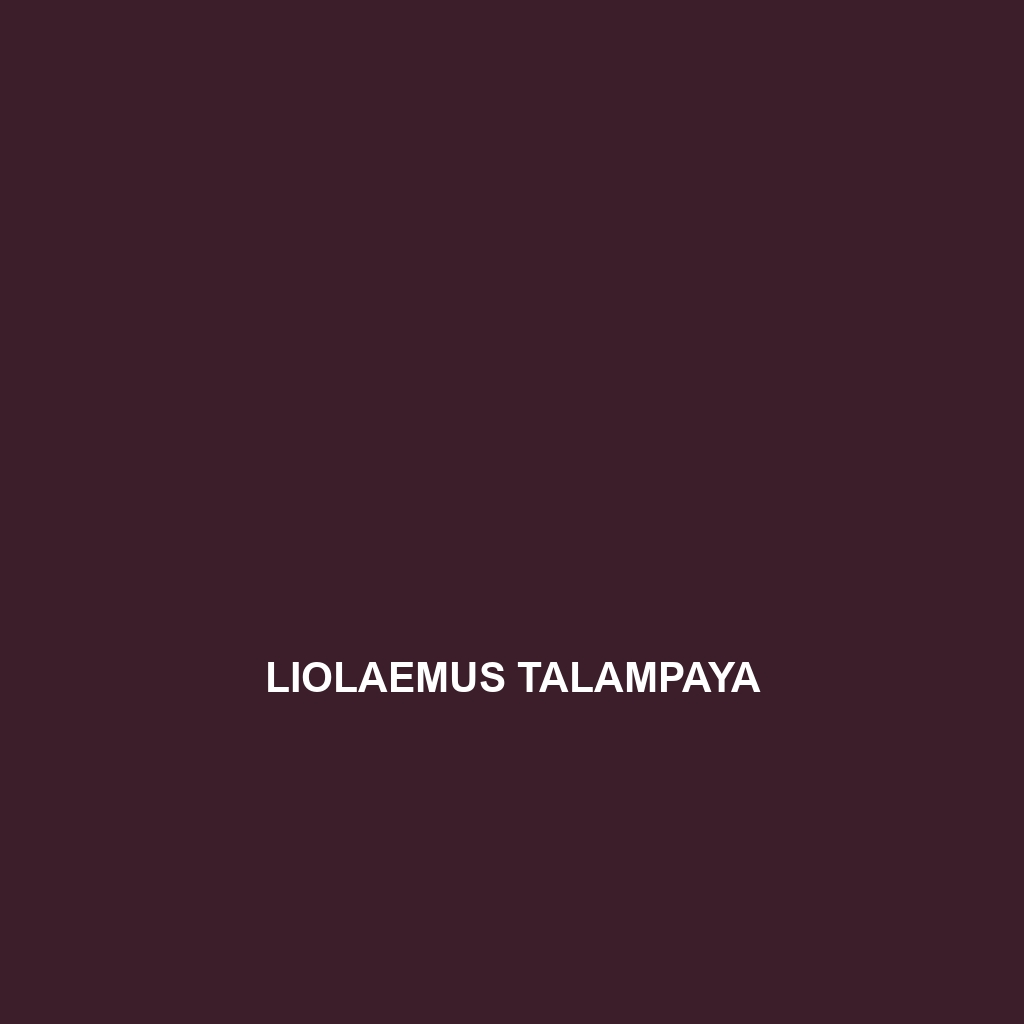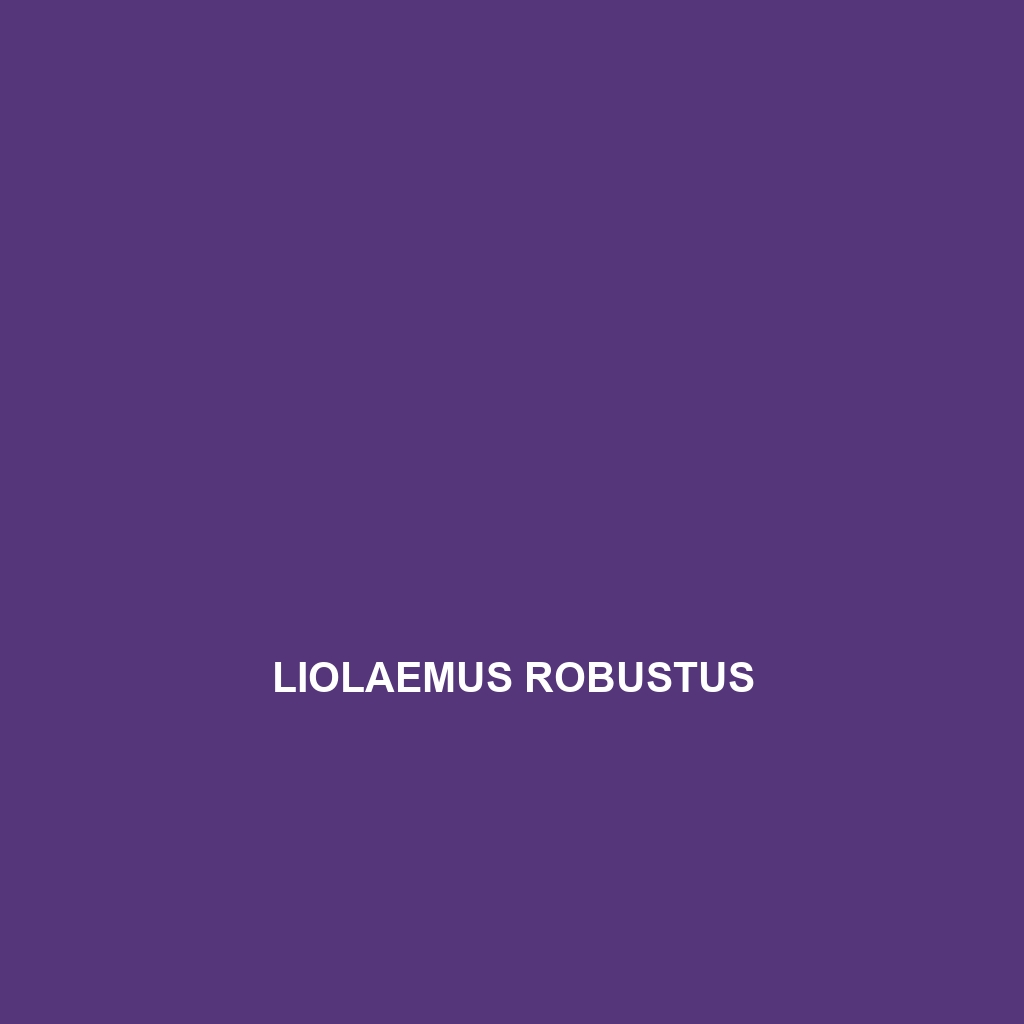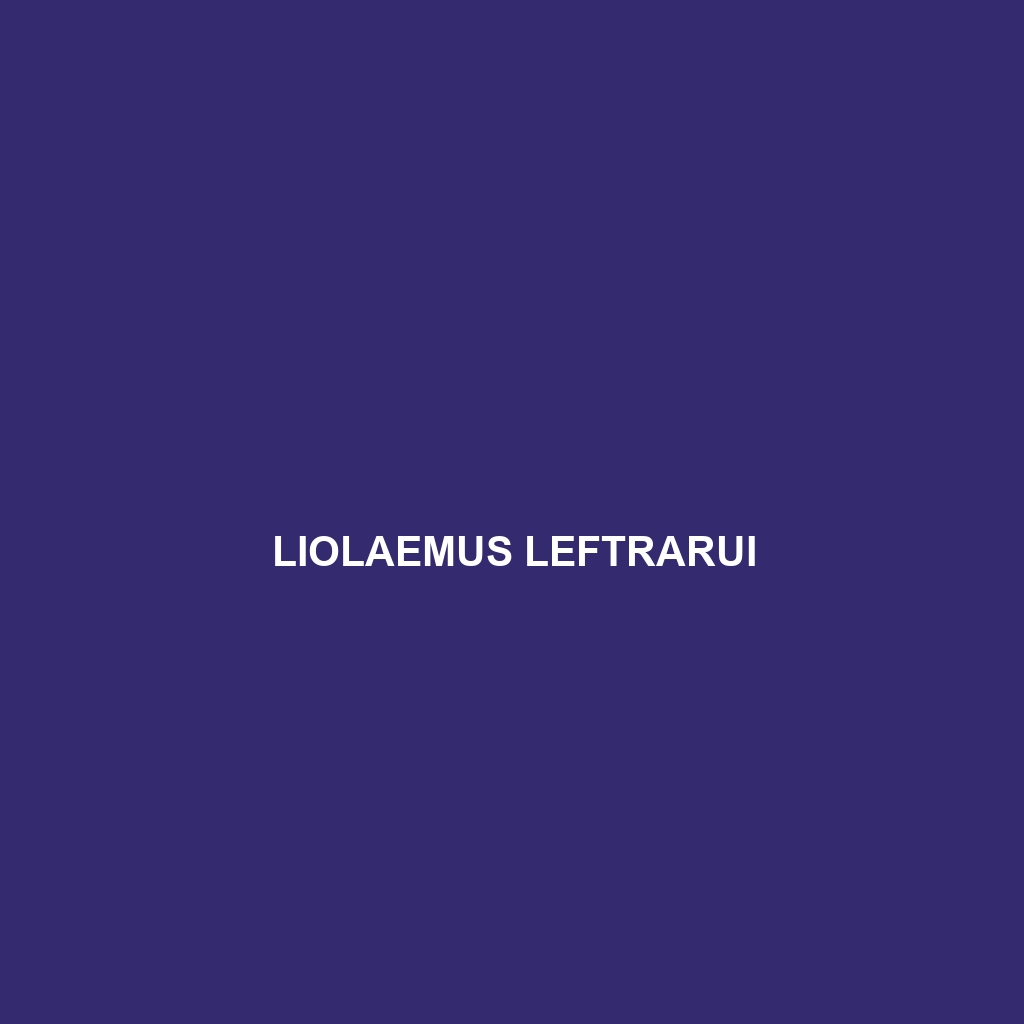Discover the Chobe gecko (Lygodactylus chobiensis), a vibrant, nocturnal species thriving in the diverse ecosystems of southern Africa, known for its distinctive green and brown coloration, agility, and role in regulating insect populations. This small gecko, measuring 7-10 cm, showcases remarkable social behaviors and fascinating reproductive practices in its natural habitats.
Tag: social behavior in reptiles
Lipinia miangensis
Discover the Lipinia miangensis, a slender, olive-green and brown reptile native to the tropical rainforests of Southeast Asia, known for its exceptional camouflage, diurnal activity, and insectivorous diet. With its stunning visual adaptations and crucial role in controlling insect populations, this species embodies the unique biodiversity of its environment.
Lipinia inexpectata
<b>Lipinia inexpectata</b> is a vibrant, nocturnal species native to the rainforests of Southeast Asia, characterized by its striking coloration and agile climbing abilities. As an omnivore, it plays a vital role in seed dispersal and insect population control, making it essential for maintaining ecological balance in its tropical habitat.
Liolaemus tajzara
The Liolaemus tajzara is a medium-sized lizard native to the rugged Andes, characterized by its muted brown and green coloration with bright blue markings. Inhabiting high-altitude grasslands, it plays a vital ecological role as an insectivore and bioindicator of environmental health.
Liolaemus shitan
<b>Liolaemus shitan</b>, found in the temperate forests and savannas of the Andes, is a diurnal lizard that grows up to 15 cm, exhibiting iridescent scales and vibrant throat colors during mating. This insectivore plays a vital role in regulating insect populations and maintaining ecological balance in its diverse habitat.
Liolaemus robustus
Discover the robust lizard, Liolaemus robustus, a vibrant inhabitant of southern South America's temperate forests, known for its agile movements, striking coloration, and unique reproductive strategy of live births. This omnivorous lizard plays a crucial role in its ecosystem by controlling insect populations and supporting biodiversity.
Liolaemus morenoi
<p><b>Liolaemus morenoi</b> is a striking lizard native to the temperate forests and mountainous regions of northern Argentina, known for its slender body measuring 10 to 15 centimeters and vibrant coloration, especially in males during breeding season. Primarily insectivorous, it plays a crucial role in the ecosystem by controlling insect populations while adapting its behavior and coloration to enhance camouflage and predator evasion.</p>
Liolaemus lorenzmuelleri
Discover the unique Liolaemus lorenzmuelleri, a medium-sized lizard native to arid regions of southern South America, characterized by its robust body, distinctive coloration, and social diurnal behavior. This fascinating insectivore plays a vital role in its ecosystem by controlling insect populations and serving as prey for larger predators.
Liolaemus leftrarui
<p><b>Liolaemus leftrarui</b> is a vulnerable lizard species native to the temperate forests of southern South America, recognized for its unique coloration and diurnal behavior. Thriving in montane grasslands, it plays a vital ecological role as both predator and prey, primarily feeding on insects while exhibiting fascinating social structures and reproductive traits.</p>
Liolaemus kolengh
<p><b>Liolaemus kolengh</b>, or the Kolengh lizard, is a distinctive insectivorous lizard found in the temperate forests and savannas of southern Chile and Argentina, featuring a streamlined body that can vary in color from green to grey, and exhibits fascinating social interactions and unique mating displays. Its role in the ecosystem includes controlling insect populations and serving as prey for larger predators, underscoring its importance in maintaining biodiversity.</p>









